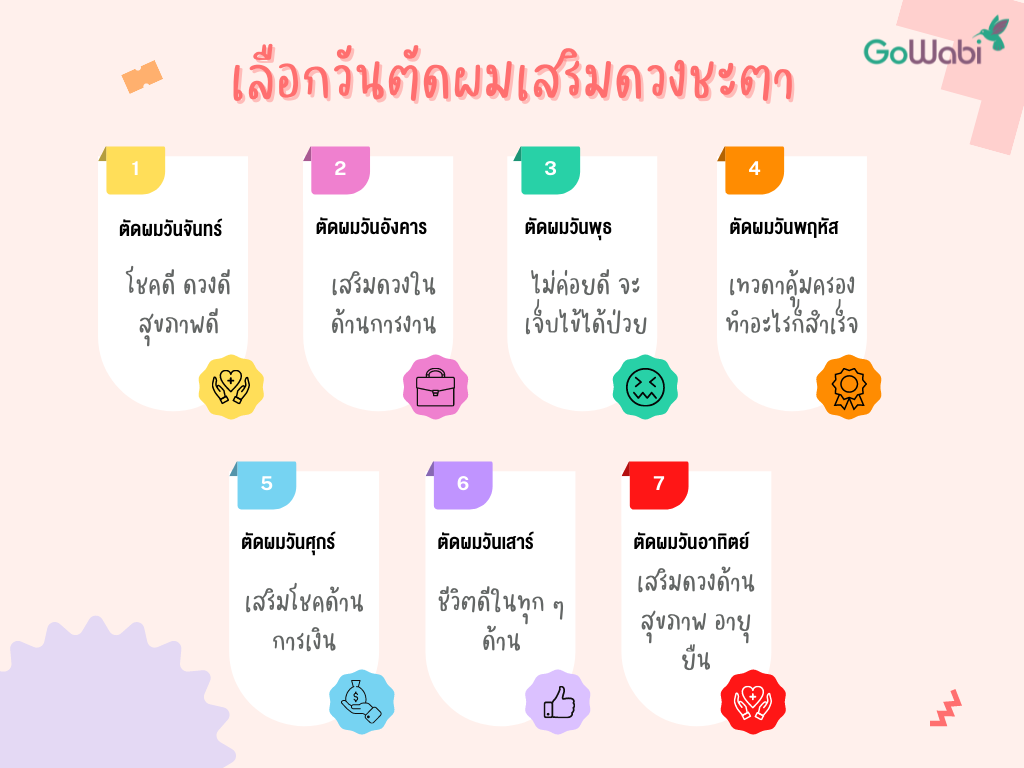ป้ายกำกับ: Style Guide
The Ultimate Guide to Style Guides: Unlocking Your Creative Potential
Have you ever felt lost when trying to design a website, write a blog post, or even just send a simple email? You’re not alone! Many people struggle with maintaining consistency in their writing and visual communication. That’s where a style guide comes in.
Think of a style guide as a set of rules and guidelines that help you stay consistent with your brand’s voice, tone, and visual identity. It’s like a blueprint for your creative endeavors, ensuring everything you create is cohesive and professional.
Why Are Style Guides So Important?
Imagine you’re building a house. You wouldn’t just start putting bricks together without a plan, right? A style guide serves as your building plan for your brand’s communication. Here’s why it’s crucial:
- Consistency: A style guide ensures that your website, social media posts, emails, and all other communication channels reflect a unified brand identity. This helps build trust and recognition among your audience.
- Clarity: A well-structured style guide clearly outlines how to use your brand’s logo, colors, fonts, and language, minimizing confusion and ensuring everyone is on the same page.
- Efficiency: Having a style guide saves you time and effort in the long run. You won’t have to constantly debate over font choices or color palettes, allowing you to focus on creating compelling content.
- Professionalism: A polished style guide demonstrates attention to detail and professionalism, reflecting positively on your brand.
Key Elements of a Style Guide
A comprehensive style guide typically includes these key elements:
1. Brand Identity: This section defines the core of your brand, including:
- Mission Statement: What is your brand’s purpose?
- Values: What principles does your brand stand for?
- Target Audience: Who are you trying to reach?
- Personality: What tone and voice do you want to project?
2. Visual Identity: This section focuses on the visual aspects of your brand:
- Logo: The official version of your logo, including specifications for usage.
- Color Palette: A set of primary, secondary, and accent colors used throughout your brand.
- Typography: Fonts used for headings, body text, and other elements, along with font sizes and spacing.
- Photography: Guidelines for image style and usage, including brand photography and stock images.
- Illustrations: If applicable, include specifications for illustrations and visual elements.
3. Writing Style: This section outlines the writing style and language used in your brand’s communication:
- Tone of Voice: The overall personality and attitude of your brand, whether it’s friendly, professional, humorous, or informative.
- Grammar and Punctuation: Rules for grammar, spelling, and punctuation to ensure consistency.
- Voice and Diction: Choosing words that are appropriate for your target audience.
- Terminology: Defining industry-specific terms and how they are used in your brand’s communication.
- Sentence Structure: Guidelines for sentence length, clarity, and flow.
4. Content Guidelines: This section focuses on the content itself:
- Content Strategy: What types of content are you creating and distributing?
- Content Calendar: A schedule for publishing content across different platforms.
- Social Media: Guidelines for social media platforms, including voice and visual style.
- Email Marketing: Specifications for email templates, subject lines, and calls to action.
Creating Your Style Guide
Now that you understand the importance and elements of a style guide, it’s time to create one for your own brand. Here’s a step-by-step guide:
- Define Your Brand Identity: Start by clearly defining your brand’s mission, values, target audience, and personality.
- Establish Visual Identity: Decide on your logo, color palette, typography, and image style.
- Develop Writing Style: Define your brand’s tone of voice, grammar rules, and content strategy.
- Document Everything: Gather all your decisions and document them in a clear, concise, and easy-to-understand format.
- Share and Implement: Make your style guide readily available to everyone involved in your brand’s communication.
Benefits of a Style Guide
A well-crafted style guide offers numerous benefits, including:
- Enhanced Brand Recognition: Consistent branding across all channels strengthens brand identity and recognition.
- Improved Communication: Clear guidelines improve communication flow and ensure everyone is on the same page.
- Increased Efficiency: A style guide streamlines content creation and reduces decision-making time.
- Stronger Brand Image: A polished and consistent style guide portrays a professional and trustworthy brand image.
Remember, a style guide is a living document. As your brand evolves, you might need to update it to reflect new strategies and creative directions. By consistently adhering to your style guide, you can ensure that your brand’s communication is always clear, consistent, and on point.
Style Guide, Brand Identity, Logo Design, Color Palette, Typography
